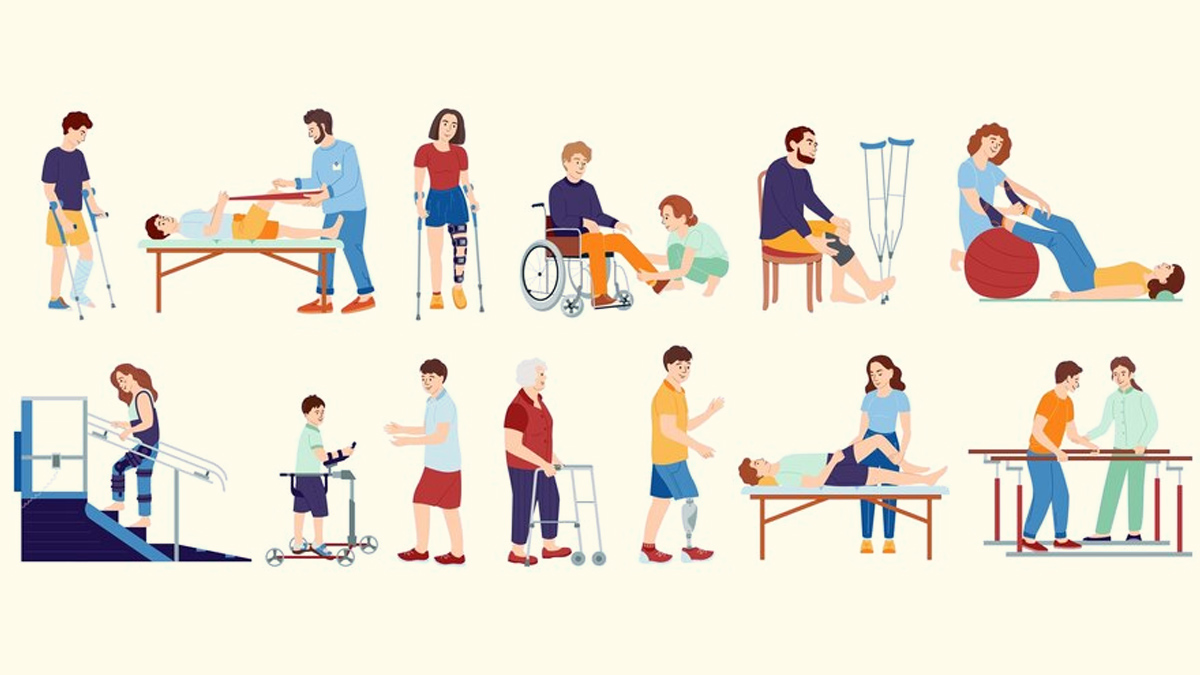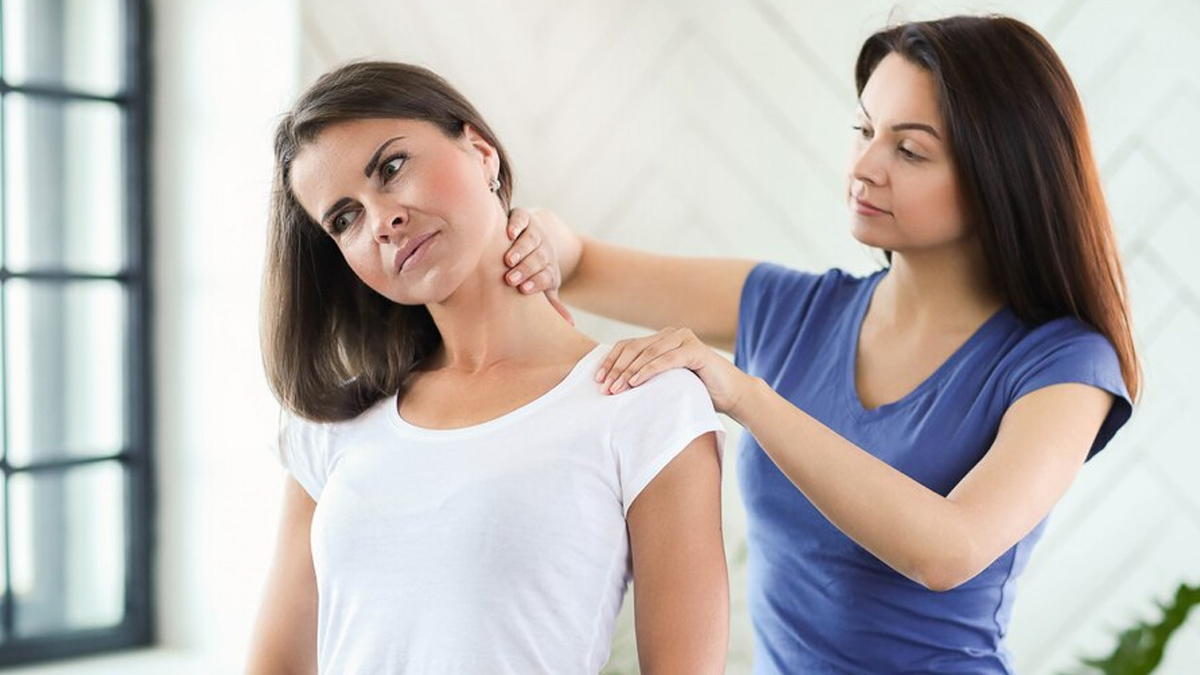
Orthopaedic physical therapy is essential for anyone dealing with musculoskeletal issues, such as injuries, surgeries, or chronic pain. It focuses on helping individuals regain mobility, reduce pain, and enhance their overall quality of life. Whether you're recovering from a knee surgery, managing a sports injury, or learning to use a prosthetic limb, this therapy provides tailored support to address your specific needs. We spoke to Dr Samarth Arya, Consultant - Orthopaedics and Robotic Joint Replacement Surgery, Manipal Hospital, Old Airport Road, Bengaluru, who explained this therapy and how it helps in relieving the pain.
Table of Content:-
According to a 2022 study, physical therapists, who hold doctoral degrees, regularly treat orthopaedic patients. They act as physician extenders during recovery, reporting abnormal findings to the surgeon to prevent larger issues. Encouraging patients to actively participate and set realistic, attainable goals is crucial for successful rehabilitation.
How Does Orthopaedic Physical Therapy Work?

“Orthopaedic physical therapy is typically administered as outpatient rehabilitation in clinics or hospitals but can also be conducted during home visits by specialists. Physiotherapists specialising in orthopaedic physical therapy assess your condition and guide you through recovery with tailored therapy or rehabilitation plans,” said Dr Arya.
Also Read: Difference Between Tele-Counselling And Physical Therapy
Goals of Orthopaedic Physical Therapy
The primary goals of orthopaedic physical therapy, as listed by the expert are as follows:
- Relieve pain: Alleviating discomfort associated with musculoskeletal issues
- Increase strength and flexibility: Enhancing muscle and joint function
- Improve functionality: Restoring the ability to perform daily activities
Post-orthopaedic surgeries, it is particularly crucial to regain functionality, and mobility, and ensure a faster recovery. It also helps prevent future injuries by teaching proper body mechanics and exercise techniques. “For example, patients who have undergone knee replacement surgery or ACL reconstruction often require orthopaedic physical therapy to regain muscle strength and joint movement and return to normal activities as quickly as possible,” highlighted Dr Arya.
What to Expect in Orthopaedic Physical Therapy

Personalised Treatment Plans
Physical therapists create personalised treatment plans based on each patient’s condition and goals. Orthopaedic physical therapy addresses the root cause of the problem rather than merely masking the symptoms by combining:
- Manual therapy: Techniques involving hands-on manipulation to mobilise joints and soft tissues
- Therapeutic exercises: Customised exercises to improve strength, flexibility, and function
- Patient education: Guiding patients in understanding their condition and how to manage it effectively
Common Methods Used
Various methods commonly used in orthopaedic physical therapy include:
- Strength Training: Exercises designed to enhance muscle strength and endurance
- Massage: Techniques to reduce muscle tension and pain
- Weight and ice application: Methods to control inflammation and swelling
- Muscle stimulation exercises: Techniques to improve muscle activation and coordination
These techniques can treat conditions, such as neck pain, back pain, work-related injuries, sports injuries, post-surgical rehabilitation, and joint pain (hip, knee, elbow, shoulder, ankle, or wrist).
Orthopaedic Physical Therapy for Prosthetic Training

Orthopaedic physical therapy plays a significant role in prosthetic training for patients after limb amputation. It helps patients learn to use artificial limbs or body parts, focusing on:
- Regaining functionality: Teaching patients how to perform daily activities with their prosthetics
- Physical movement: Improving movement patterns and coordination
- Strength training: Building strength in the remaining and supporting muscles
- Exercises: Tailored exercises to enhance prosthetic use and comfort
“Therapies may include hot and cold treatments, treadmills, ultrasound therapy, interferential therapy, or short-wave diathermy to aid in healing. Home exercises and education on body mechanics are also integral parts of the recovery process, ensuring patients understand how to use and move their bodies appropriately,” added Dr Arya.
[Disclaimer: This article contains information provided by an expert and is for informational purposes only. Hence, we advise you to consult your own professional if you are dealing with any health issues to avoid complications.]
Also watch this video
How we keep this article up to date:
We work with experts and keep a close eye on the latest in health and wellness. Whenever there is a new research or helpful information, we update our articles with accurate and useful advice.
Current Version